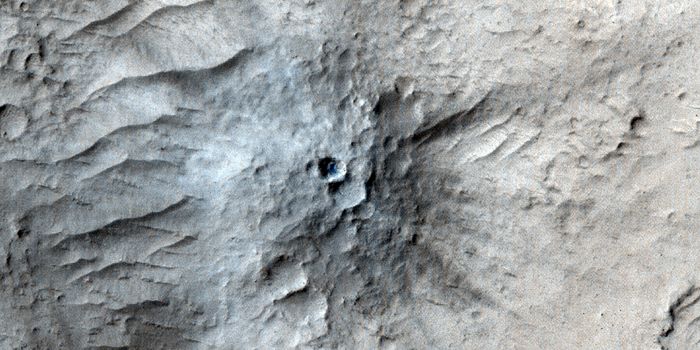Astronomers Observe a Supermassive Black Hole Surrounded by Galaxies
The Very Large Telescope (VLT) of the European Southern Observatory (ESO), an array of four individual telescopes in the Atacama desert, has given us a huge amount of new data about the universe. Researchers have now used it to find a group of six galaxies around a supermassive black hole, from when the Universe was just 0.9 billion years old - it's estimated to be 13.8 billion years old now. Black holes are thought to sit at the center of galaxies including the Milky Way. The findings have been reported in Astronomy & Astrophysics.
"This research was mainly driven by the desire to understand some of the most challenging astronomical objects -- supermassive black holes in the early Universe. These are extreme systems and to date, we have had no good explanation for their existence," said the lead study author Marco Mignoli, an astronomer at the National Institute for Astrophysics (INAF) in Bologna, Italy.
The galaxies that were observed rise within a kind of web of gas that's more than 300 times the size of the Milky Way.
"The cosmic web filaments are like spider's web threads," explained Mignoli. "The galaxies stand and grow where the filaments cross, and streams of gas -- available to fuel both the galaxies and the central supermassive black hole -- can flow along the filaments."
Black holes are thought form from collapsing stars, and the oldest ones may come from the collapse of the Universe's youngest stars. To grow as large as they are, massive black holes need fuel, and astronomers have not been sure about where that would come from; this work may help resolve that question. The web of gases and the galaxies in it can provide fuel for the growth of a black hole so that it can be a supermassive giant.
"Our work has placed an important piece in the largely incomplete puzzle that is the formation and growth of such extreme, yet relatively abundant, objects so quickly after the Big Bang," said study co-author Roberto Gilli, also an astronomer at INAF in Bologna.
Dark matter may be an important part of these gaseous webs.
"Our finding lends support to the idea that the most distant and massive black holes form and grow within massive dark matter halos in large-scale structures, and that the absence of earlier detections of such structures was likely due to observational limitations," said study co-author Colin Norman of Johns Hopkins University.
These galaxies are some of the faintest that have ever been detected.
"We believe we have just seen the tip of the iceberg, and that the few galaxies discovered so far around this supermassive black hole are only the brightest ones," said study co-author Barbara Balmaverde, an astronomer at INAF in Torino, Italy.
Sources: Science Daily via ESO, Astronomy & Astrophysics








